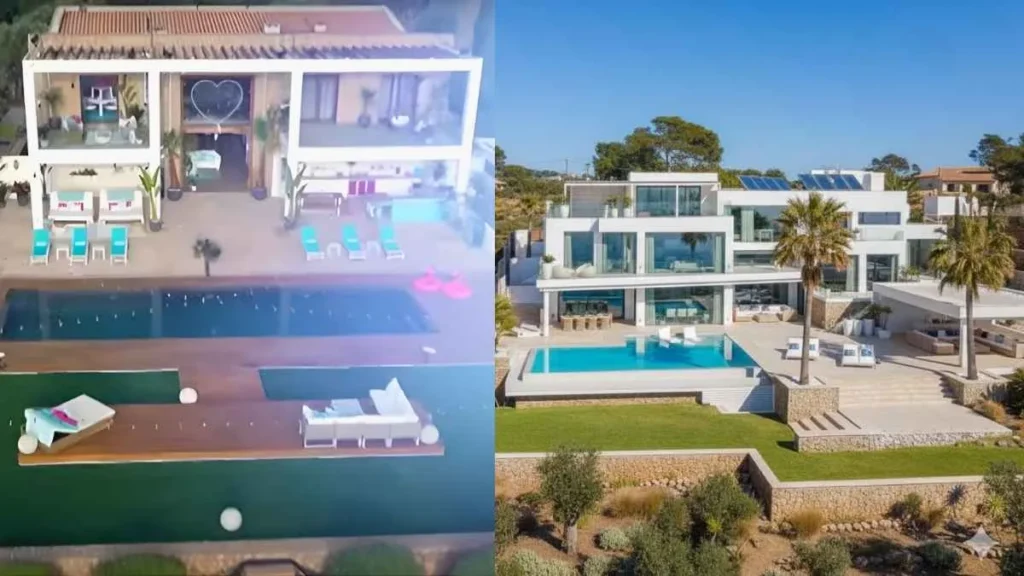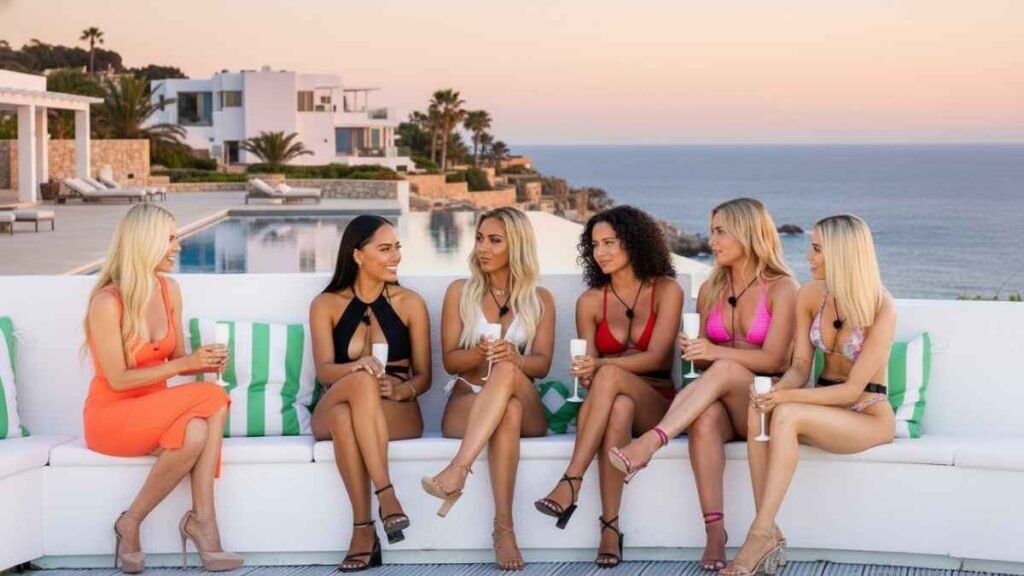Love Island Australia has returned to the Mediterranean sunshine for 2025 — and the villa’s move back to Mallorca marks a full-circle moment for the franchise. From the season filmed in Fiji to this year’s Mallorcan home, producers say the island setting offers both visual spectacle and production convenience. The series premiered on 9Now on October 27, 2025, with host Sophie Monk guiding a fresh batch of Islanders through temptations, coupling ceremonies and the now-familiar firepit confrontations. This piece explores the villa’s layout, the reasoning behind the location switch and what it means for viewers.
Why Mallorca — and why now?
After experimenting with locations closer to Australia (notably Fiji for one season), Love Island Australia has returned to the Balearics, a longtime home for the format. Mallorca gives producers a proven, high-privacy property and a reliable Mediterranean backdrop that translates well for international distribution and promotional imagery. ITV and Channel Nine have used the region multiple times across Love Island series, and the island’s villa — near Sant Llorenç des Cardassar — has become a go-to base for the production. Re-establishing Mallorca helps ensure familiar production logistics (local crews, vetted villas and discreet access) and the glossy, sun-drenched aesthetic fans expect.

From Fiji to Spain: the practical story
The franchise’s flirtation with Fiji in earlier Australian seasons (and with other international versions) was driven by proximity to Australia and the option to recruit surprise late arrivals quickly. Fiji’s Mamanuca Islands have hosted other Love Island franchises and offered tropical seclusion and unique on-location amenities. Still, Mallorca offers an infrastructure tailored to the larger, internationally distributed format — meaning easier build-outs for the villa’s signature spaces (open-plan living, Hideaway, firepit and multiple camera positions) and faster turnaround between series. In short: Fiji was a valuable experiment; Spain is the dependable spectacle.
What the Mallorcan villa actually offers
The Mallorcan villa used by Love Island Australia continues the show’s design staples: a large communal bedroom, an infinity-style pool, outdoor daybeds, a hot tub and a secluded Hideaway for couples. Reports and location pieces note the property sits in the Sant Llorenç des Cardassar area — a quieter part of Mallorca that still offers easy access to service crews and discreet transport routes. This year’s series has added production features teased in promos (new challenges and the continued use of surprise “Hotel Amor”-style mechanics introduced in earlier seasons) while keeping the villa’s sun-soaked, glossy look. Fans can expect close-up confessional camera work, a prominent firepit for eliminations, and the rhythm of Monday–Thursday episodes on 9Now.

Editorial insight: why the setting still matters
Villa geography isn’t just scenic filler — it shapes storytelling. A Mediterranean villa gives daytime freedom (beach trips, long pool scenes) and dramatic golden-hour lighting that makes confrontations feel cinematic. By contrast, Fiji’s remote islands lent intimacy and a different kind of isolation. Returning to Mallorca signals the producers’ intent to deliver the franchise’s signature, highly shareable moments for social media, promos and international buyers. For viewers, the setting promises more of the polished, high-drama Love Island that became a global export.
Conclusion.
From Fiji to Spain, Love Island Australia’s villa decisions show a balance between experimentation and what works for a global format. Mallorca’s villa gives producers the visual polish and production reliability they need to stage big twists and must-share moments — and with the season already underway on 9Now, fans will soon judge whether the Mallorcan sun brings luck (or chaos) to this year’s Islanders. Expect more bombshells, late-night confessions and the same high-stakes coupling that defines the series.
From Fiji to Spain: Inside the sun-soaked villa hosting Love Island Australia 2025





